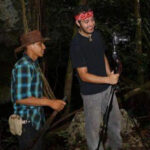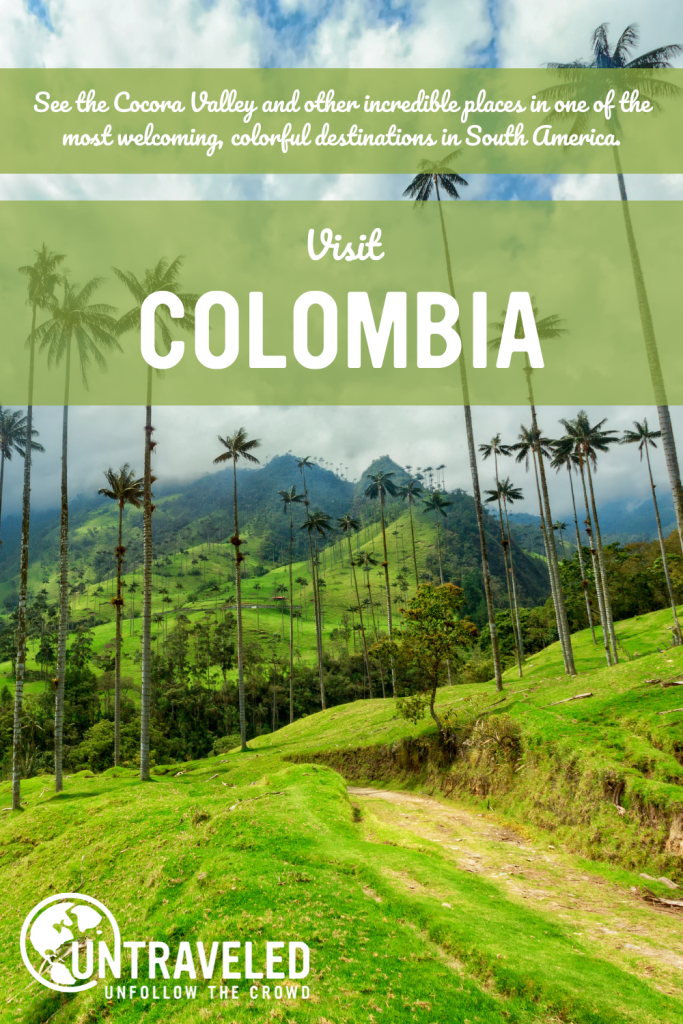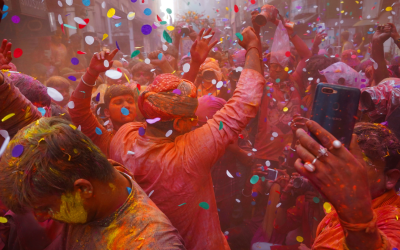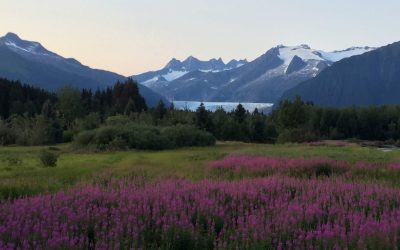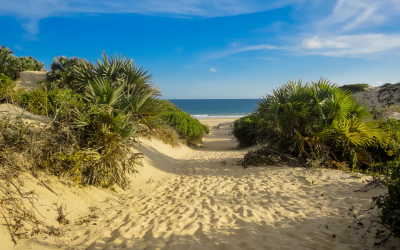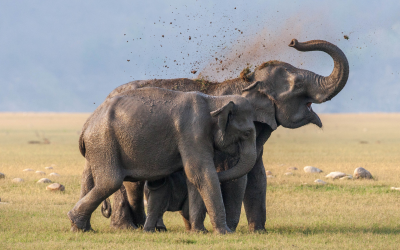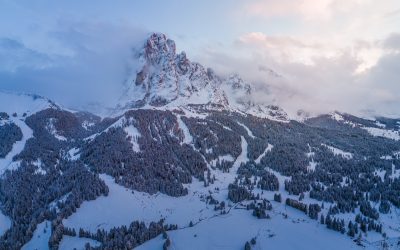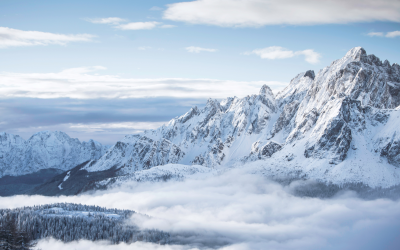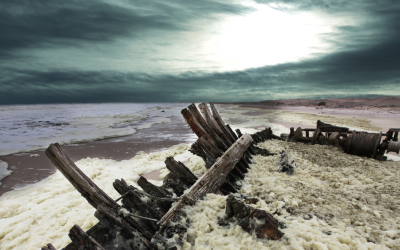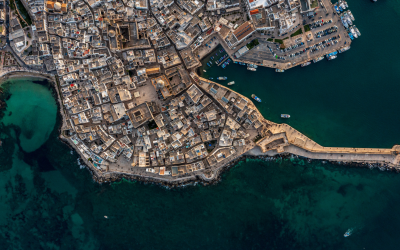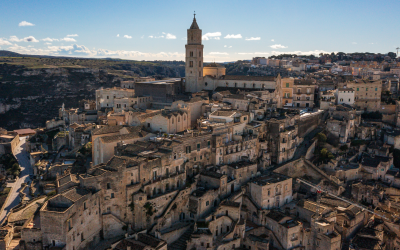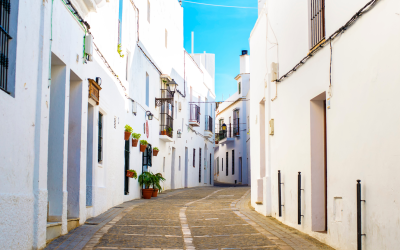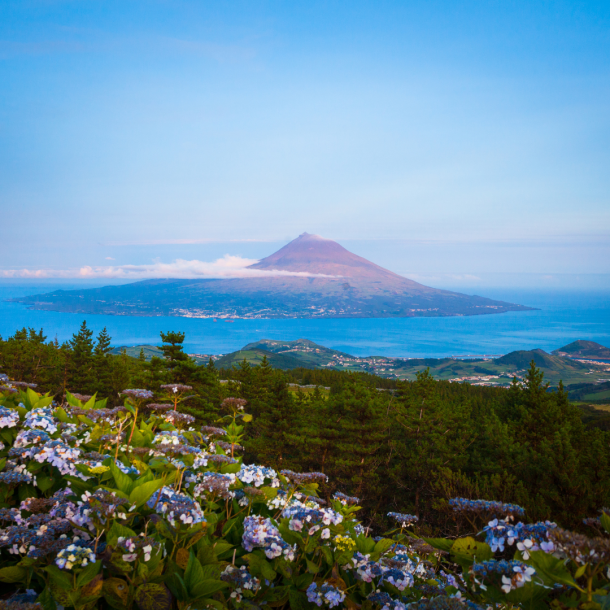Colombia’s elephant in the room is it’s well-publicized history of drug smuggling and dangerous militant groups. However, in recent years Colombia has reimagined its national identity to become one of the most welcoming, colorful destinations in South America.
Bogota
It was late evening and the sun had already gone down. when I arrived in Bogota, Colombia. Being a sort of bohemian traveler, I arrived without a place to stay or any direction for my journey.
The only research I had done on Colombia was to look up hostels right before jumping on the plane to the capital of Bogota. Outside of that, the most I had heard was Escobar references in reaction to my name, Pablo.
Attempting to document the journey, I walked out of the airport talking to my camera as I described my process of travel and made my way to grab a bus ticket. Apparently a few people from the bus had seen me as I was asked about my set-up and what I was doing (recording yourself in public settings is often awkward).
This is where the beauty of Colombia all began.
The bus immediately took on a comedic tone as I was interrogated and viewed as the idiot with the camera who was going to get robbed. Many people shook their head in disbelief. Others seemed impressed in the bravery of solo travel and my past history of doing the same thing in other countries.
The best part though, was this tiny old woman with groceries sitting next to me. She had weathered look the energy and rigor of youth. She was most inquisitive and asked where I was spending my night and what my plans were. After hearing my plan was to not have a plan she scoffed, “You’re getting off on the next stop with me and I’m walking you to a hostel.”
Here I am in a city I know nothing about as I walk around late night with a woman who stands at maybe five feet tall as my personal body guard.
As much as I told her I’m accustomed to this type of travel and scenario, I couldn’t shake her. Scolding me in a motherly tone, she walked next to me until a few blocks from my hostel where she felt comfortable enough parting ways.
“Follow the street lamps up three blocks then take a left. A block over and a few buildings down should be your hostel. You should be fine here where the streets are lit up. Good luck and be safe.”
This story of my first interaction in Colombia acts as a sort of premise to my entire time spent there. What I came to gather throughout my two weeks traveling was that the world had been given a terrible view of Colombia. However, locals just wanted everybody to know they are actually good people.
In fact, my interaction with the woman was very similar with all of the Colombians I met. Throughout those two weeks nothing but generous and smiling faces showed off a beautiful culture and amazing country.
The next morning I did the typical things. I hopped on a tram to the highest point in the city then followed that up with a bus tour where an audio recording gave me a run-down on the local scene and history.
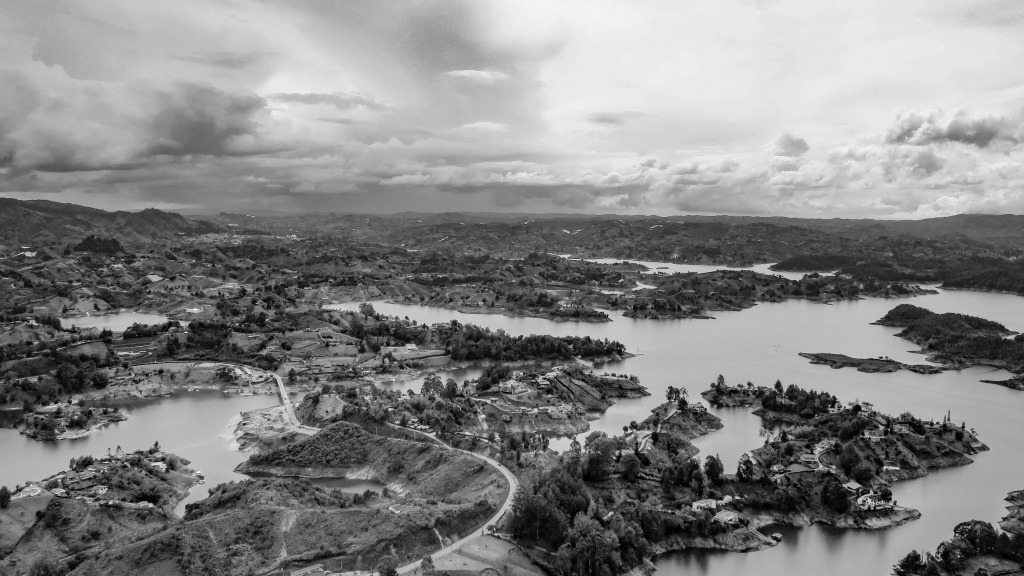
I spent the afternoon enjoying some local beer and chatting up Colombians about where they would recommend I go and what I should experience. Eager to share their insights, they made sure I had proper directions to my next stop in a town just north of the city.
Zipaquirá
There, a Roman Catholic Church that was once a salt mine was highly suggested. The town that played host, Zipaquirá, was a Spanish colonial town which had a white stripe on the roads that led from the town to the entrance of the salt mines. The mines themselves were lit up in royal colors of purple and blue. Guided tours led down through the tunnels and many levels.
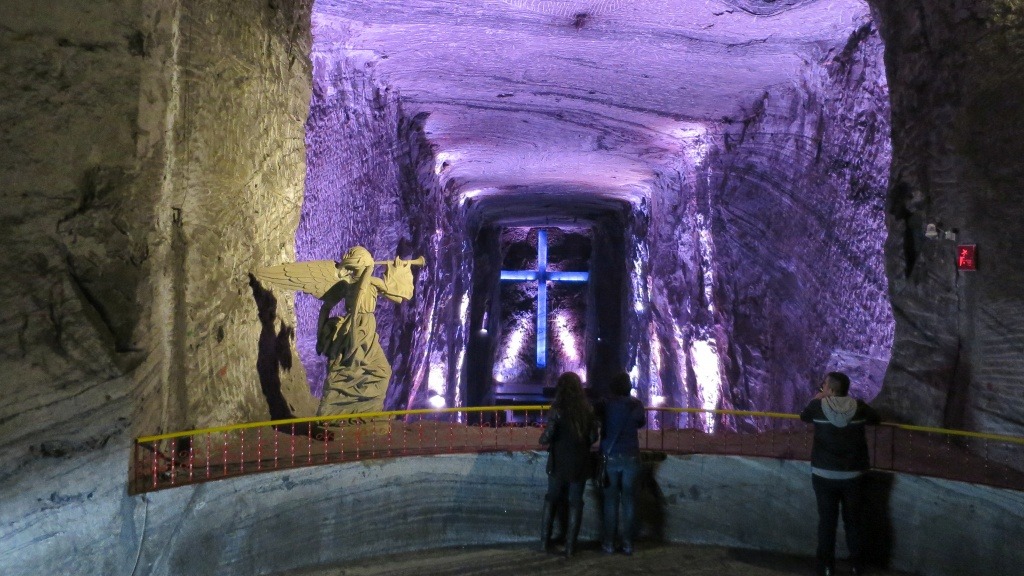
A meal following the salt mines led me to another conversation with a local. He explained how so many people do indeed have a skewed perception of Colombia. Because of this, the locals make sure to watch out for tourists. They don’t want the conversation to stay the same. They want people to know how varied and incredible the country actually is.
Seeking out his recommendations, I ended up traveling west to Salento and the Cocora Valley. Salento is in a coffee region and is also a short drive away from the valley. Many locals offer tours through their coffee plantations and walk visitors through the entire process from budding plant to roasted beans to hot drink.
Cocora Valley
Coffee not being my thing, I chose to visit Cocora Valley. This place was one of those locations that truly felt like it was engulfed in magic. A hike through the lush jungle and over the running river built up the outdoor experience before unveiling what are the tallest palm trees in the world.
I can still imagine the serenity that surrounded the area and feel the electricity that myself and my fellow backpackers were a part of. A short path had led to a grassy knoll that jutted out amidst low hanging clouds and there we all were, grinning like children. We felt like we were on a floating island in the sky.
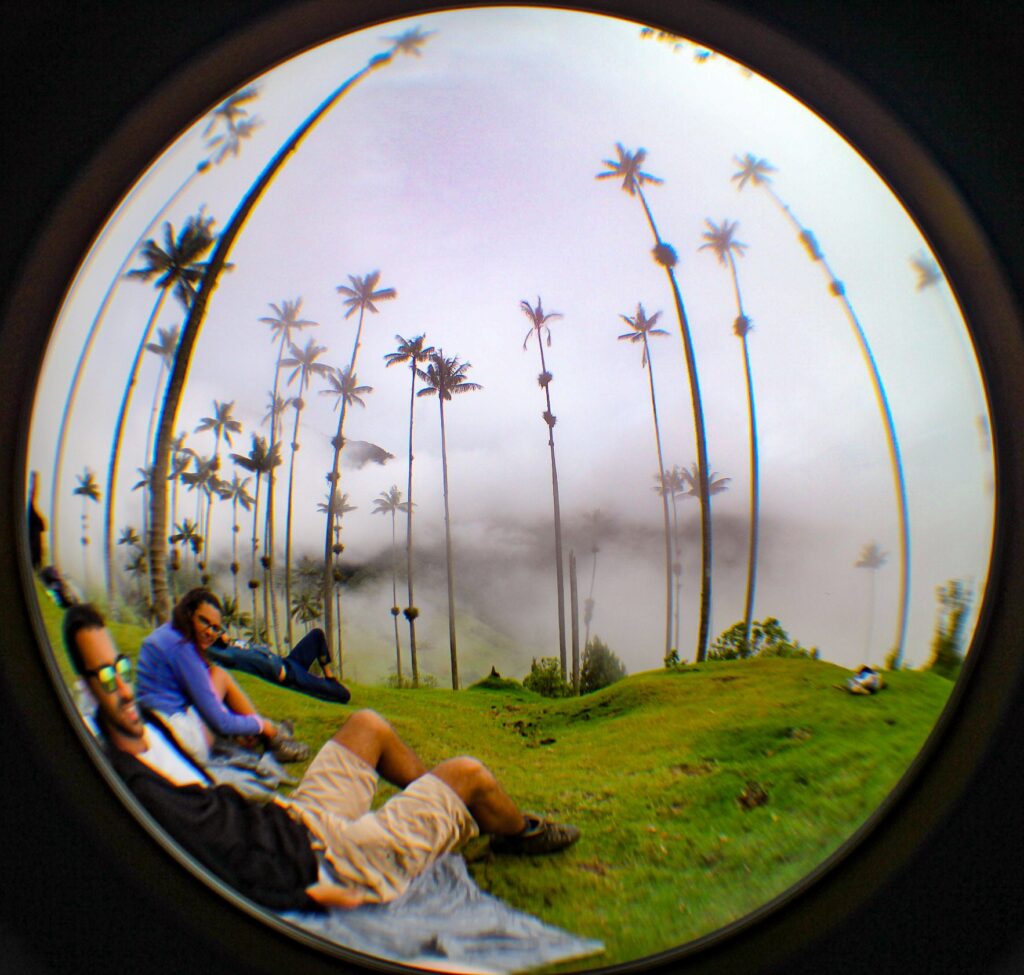
Guatape
Days after, I found myself getting closer to the end of my adventure. Somewhat ironically, my journey was leading me to finish by spending a few days in one of Pablo Escobar’s old playgrounds, Guatapé.
Even here, Colombia kept showing off for me. This small town borders the city of Medellin and was the location of one of many vacation homes for Escobar. Towards the south end of town, a giant black rock named El Peñol stands overlooking the landscape. For those who have the energy to climb the 700 steps to the top, a view of the maze-like waterways that compose Guatapé await. What seems like islands connected by natural land bridges create a majestic image that makes you understand why Escobar would want a home in such a place.
My trip was two weeks long and I didn’t even skim the surface of Colombia. Not once was I harassed. I didn’t get robbed or threatened. Not once did I even feel uncomfortable traveling around. The people of Colombia went out of their way to make sure I and every traveler I met had a great time. They treated travelers with respect and watched out for our safety.
Colombians understand what role the media can play when it comes to the image of their country. However, they know better. They realize where they live is truly beautiful and they just want everybody else to know, too. Don’t be afraid, they’re ready to share it with us.
